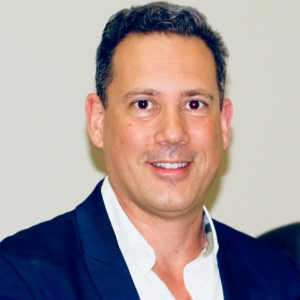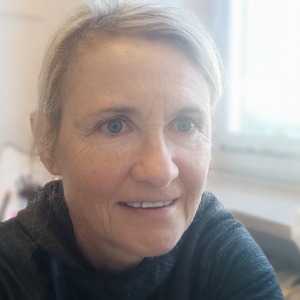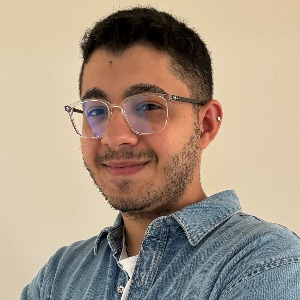Electromyography
Electromyography (EMG) is a diagnostic technique that involves recording and analyzing the electrical activity produced by skeletal muscles. It is commonly used in medicine and rehabilitation to assess the health of muscles and the nerves controlling them. During an EMG procedure, small electrodes are placed on or inserted into the muscles under examination. These electrodes detect the electrical signals generated by muscle cells when they contract. EMG can help identify neuromuscular disorders, nerve compression, and muscle dysfunction. It is frequently used in the diagnosis of conditions such as carpal tunnel syndrome, muscular dystrophy, and peripheral neuropathy. There are two types of EMG: surface EMG, which records activity from electrodes placed on the skin, and needle EMG, which involves inserting a fine needle into the muscle to record activity directly. EMG is often performed in conjunction with nerve conduction studies to provide a comprehensive assessment of neuromuscular function. The information obtained from EMG results helps healthcare professionals develop targeted treatment plans, such as physical therapy or medication. EMG is a safe and well-established diagnostic tool, although some discomfort or mild pain may be experienced during needle electrode insertion. Continuous advancements in technology have led to the development of portable and wireless EMG systems, expanding its applications and accessibility in various clinical settings.

Jay Spector
American Academy of Podiatric Sports Medicine (AAPSM), United States
Marcia J Scherer
Institute for Matching Person and Technology, United States
Marcos Brioschi
American Academy of Thermology, United States
Blair Gorenberg
Shirley Ryan Abilitylab, United States
Roberta Sartori
IRCCS Materno-Infanitle Burlo Garofolo, Italy
Cho Li Yin
Taichung Veterans General Hospital - VGHTC, Taiwan




Title : Best practice guidelines for the use of pharmacological neuromodulation in disorders of diminished motivation: A comprehensive approach
Vaidya Balasubramaniam, Illawarra and Shoalhaven Local Health District Hospitals, Australia
Title : A forgotten component of knee osteoarthritis
Ron Blehm, EEI Physio LLC, United States
Title : Functional outcomes of DSSA-Based pelvic rehabilitation combined with manual therapy and electrostimulation in men after oncologic surgery: A retrospective case series
Eren Uyar, Fizyomen Physiotherapy & Rehabilitation Center, Turkey
Title : We are living and working in the age of individualization
Marcia J Scherer, Institute for Matching Person and Technology, United States
Title : Efficacy of Inspiratory Muscle Training (IMT) in post-weaning ICU recovery: A clinical randomized controlled trial
Warda Khan, Chongqing Medical University, Pakistan
Title :
Subramanya Adiga, Middlemore Hospital, New Zealand